
Archaeology from the Future: How Hangzhou Blends Past & Future
CGTN’s Yang Xinmeng explores how Hangzhou fuses the ancient Liangzhu ruins with cutting-edge innovation, revealing diverse cultural takes on modernization.
News That Embraces Insight and Understanding

CGTN’s Yang Xinmeng explores how Hangzhou fuses the ancient Liangzhu ruins with cutting-edge innovation, revealing diverse cultural takes on modernization.
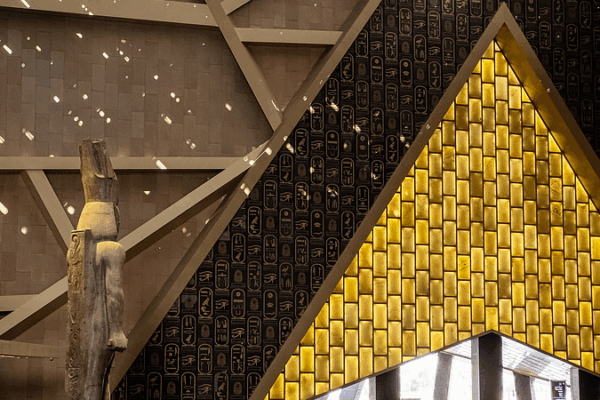
Discover the Grand Egyptian Museum, the “Fourth Pyramid”, opened Nov 4, 2025, showcasing over 100,000 artifacts, including Tutankhamun’s treasures and King Khufu’s Solar Boat.
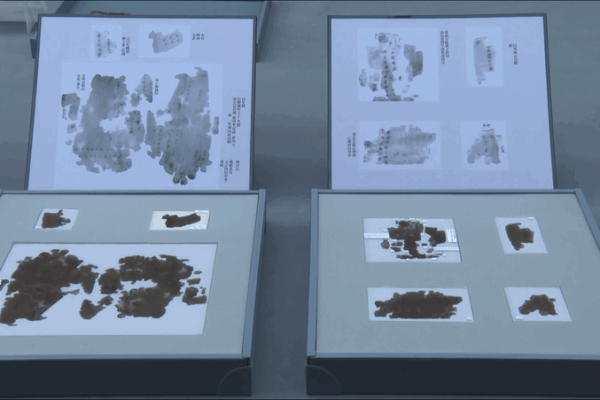
Explore how a 2,200-year-old silk manuscript uses a clockwise circular writing style to capture ancient Warring States cosmology.
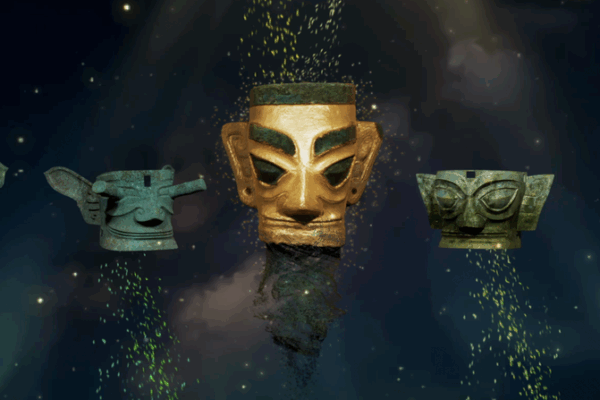
Discover how Sanxingdui’s 3,000-year-old bronzes and Gen Z-powered tech at the 2025 Forum are reviving this ancient marvel for a global audience.
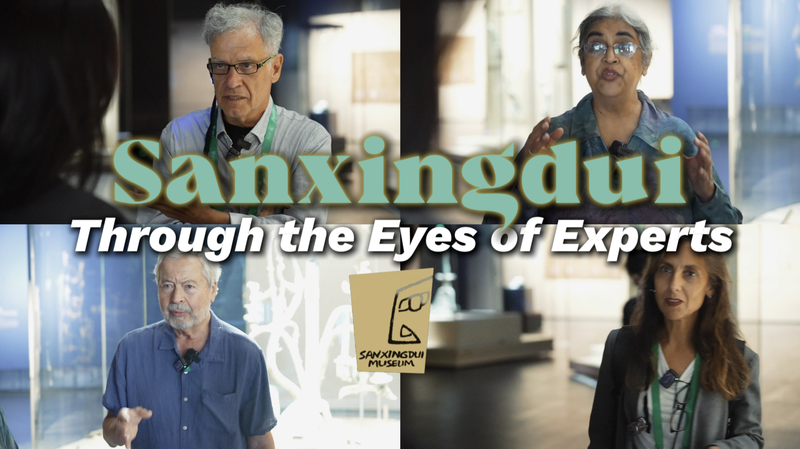
Global experts at the 2025 Sanxingdui Forum praise the 4,500-year-old site in the Chinese mainland’s Sichuan Province for its cutting-edge conservation and immersive exhibits. 🤩

Radiocarbon dating pins Sanxingdui sacrificial pits in Deyang, Sichuan to 1201–1012 BC, confirming their late Shang Dynasty origins.

Gulbakram Mumin grew up beside the Jiaohe ruins in Turpan, in the northwestern region of the Chinese mainland. Now a cultural relics guardian, she uses tech to revive ancient tales.
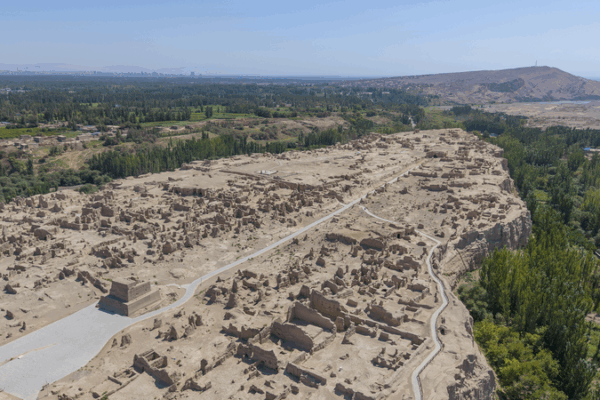
Discover Jiaohe Ruins, a 2,000-year-old clay city in northwest China’s Xinjiang Uygur Autonomous Region, part of the UNESCO-listed Silk Roads heritage network.
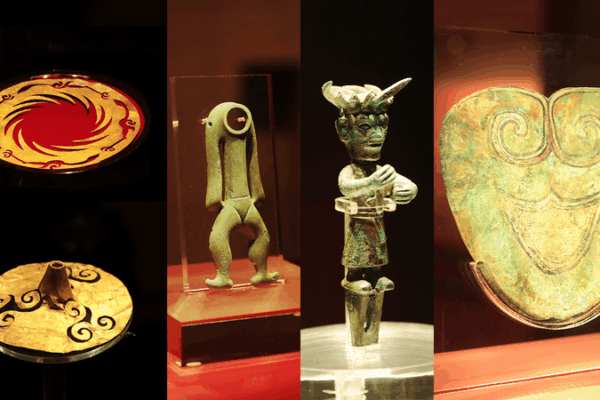
Explore the Jinsha Site in Chengdu, a 3,200-year-old treasure of the ancient Shu Kingdom. Discover its Sanxingdui link and museum opened in 2007.
How the SCO’s Silk Roads project is teaming up from Qingdao to Tianjin to protect global cultural heritage, from Palmyra to Southeast Asia.